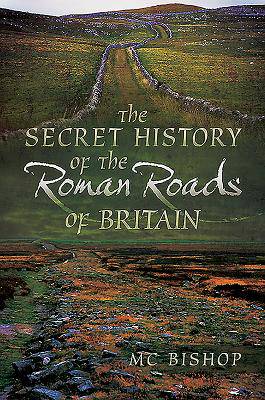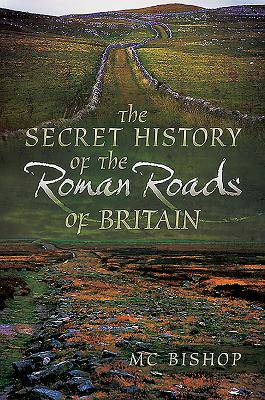
- Afhalen na 1 uur in een winkel met voorraad
- Gratis thuislevering in België vanaf € 30
- Ruim aanbod met 7 miljoen producten
- Afhalen na 1 uur in een winkel met voorraad
- Gratis thuislevering in België vanaf € 30
- Ruim aanbod met 7 miljoen producten
Zoeken
€ 20,95
+ 41 punten
Uitvoering
Omschrijving
There have been many books on Britain's Roman roads, but none have considered in any depth their long-term strategic impact. Mike Bishop shows how the road network was vital not only in the Roman strategy of conquest and occupation, but influenced the course of British military history during subsequent ages.
The author starts with the pre-Roman origins of the network (many Roman roads being built over prehistoric routes) before describing how the Roman army built, developed, maintained and used it. Then, uniquely, he moves on to the post-Roman history of the roads. He shows how they were crucial to medieval military history (try to find a medieval battle that is not near one) and the governance of the realm, fixing the itinerary of the royal progresses. Their legacy is still clear in the building of 18th century military roads and even in the development of the modern road network. Why have some parts of the network remained in use throughout?
The text is supported with clear maps and photographs.
Most books on Roman roads are concerned with cataloguing or tracing them, or just dealing with aspects like surveying. This one makes them part of military landscape archaeology.
The author starts with the pre-Roman origins of the network (many Roman roads being built over prehistoric routes) before describing how the Roman army built, developed, maintained and used it. Then, uniquely, he moves on to the post-Roman history of the roads. He shows how they were crucial to medieval military history (try to find a medieval battle that is not near one) and the governance of the realm, fixing the itinerary of the royal progresses. Their legacy is still clear in the building of 18th century military roads and even in the development of the modern road network. Why have some parts of the network remained in use throughout?
The text is supported with clear maps and photographs.
Most books on Roman roads are concerned with cataloguing or tracing them, or just dealing with aspects like surveying. This one makes them part of military landscape archaeology.
Specificaties
Betrokkenen
- Auteur(s):
- Uitgeverij:
Inhoud
- Aantal bladzijden:
- 224
- Taal:
- Engels
Eigenschappen
- Productcode (EAN):
- 9781526761132
- Verschijningsdatum:
- 16/10/2019
- Uitvoering:
- Paperback
- Formaat:
- Trade paperback (VS)
- Afmetingen:
- 155 mm x 231 mm
- Gewicht:
- 362 g

Alleen bij Standaard Boekhandel
+ 41 punten op je klantenkaart van Standaard Boekhandel
Beoordelingen
We publiceren alleen reviews die voldoen aan de voorwaarden voor reviews. Bekijk onze voorwaarden voor reviews.











